Magnets seem simple, but they hold the key to producing electricity. This invisible force is behind many modern power solutions we use every day.
Yes, magnets can generate electricity through a process called electromagnetic induction. Moving a magnet near a conductor creates voltage, which leads to current flow.
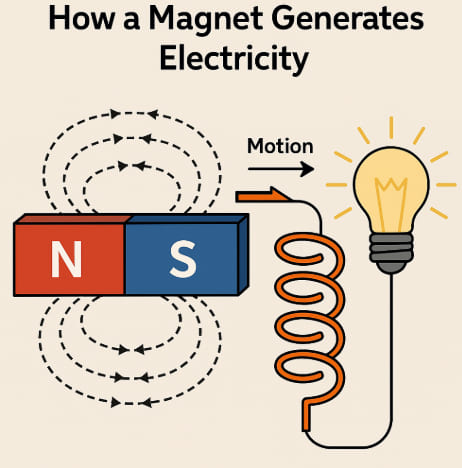
How magnet generate electricity
The idea of generating electricity with magnets might sound like magic, but it’s science. Let’s explore how this works and why it powers most of our world today.
Is it possible to generate electricity from magnets?
Most people use electricity every day but never think about where it comes from. The surprising truth is that magnets are often the starting point.
Electricity can be generated by magnets through motion. When a magnet moves near a conductor, it creates a flow of electrons, which is electricity.
The Principle Behind It: Electromagnetic Induction
In the early 1800s, Michael Faraday discovered a link between electricity and magnetism. He found that if you move a magnet near a coil of wire, the coil produces electricity. The opposite is also true—moving the wire while the magnet stays still still creates voltage. This idea is now called electromagnetic induction.
Here’s how it works:
- A magnetic field creates force around a magnet.
- When a conductor (like copper wire) cuts through this field, electrons inside the wire begin to move.
- Moving electrons = electric current.
This interaction between magnetism and motion is how most power plants work today. Whether it’s a coal plant, hydroelectric dam, or wind turbine, they all use movement to turn magnets around coils of wire—or coils of wire around magnets.
The process doesn’t need any external electricity to start. It only needs motion and magnetic fields. This is why you can light a small bulb just by spinning a hand-powered generator.
How does a generator turn magnetism into electricity?
Generators are everywhere, from small flashlights to city-sized power stations. They all rely on the same basic idea.
A generator uses spinning motion to move magnets near coils of wire, which produces electricity through electromagnetic induction.
Components and Working Mechanism of a Generator
Let’s look at what’s inside a generator:
- Rotor: The rotating part with magnets.
- Stator: The stationary part with wire coils.
- Mechanical Drive: Water, wind, steam, or a gas engine turns the rotor.
When the rotor spins, the magnets inside it pass by the wire coils. This movement changes the magnetic field inside the coils. As Faraday discovered, a changing magnetic field creates voltage. The faster the rotor spins, the more electricity you get.
| Here are a few examples: | Generator Type | Power Source | Output Use |
|---|---|---|---|
| Bicycle Dynamo | Pedal movement | Headlights | |
| Wind Turbine | Wind rotation | Grid electricity | |
| Hydroelectric Plant | Water pressure | City-wide power supply | |
| Portable Generator | Gasoline engine | Emergency home power |
All these devices use the same principle, just with different sizes and energy sources.
Does magnet strength affect electricity output?
It’s not just about spinning. The quality of the magnet also changes the result. Stronger magnets usually make stronger electricity.
Yes, stronger magnets produce more voltage. The number of wire turns and the speed of movement also increase the amount of electricity.
Key Factors That Influence Power Generation
Several things affect how much power you can generate with a magnet:
- Magnet Strength
- Strong magnets like neodymium produce higher voltage in the same setup compared to weaker ones like ceramic magnets.
- Neodymium magnets are often used in compact generators or portable wind turbines for this reason.
- Number of Coil Turns
- More loops in the coil mean more chances to cut the magnetic field.
- That leads to more induced voltage.
- Speed of Movement
- The faster the relative motion between the magnet and coil, the greater the rate of change in the magnetic field.
- This also increases the electric output.
| Factor | Effect on Output |
|---|---|
| Magnet strength | Higher strength = more voltage |
| Number of coil turns | More turns = more current |
| Speed of rotation | Faster = stronger output |
All these factors are adjustable depending on the application. In industrial setups, engineers optimize all three to reach maximum efficiency.
Where is this used in real life?
Electricity generation isn’t just a lab trick. It’s part of daily life in ways most people never notice.
Magnets help generate electricity in wind farms, hydropower stations, bicycle dynamos, and even portable generators for camping.
Real-World Examples of Magnetic Generation
Here are some practical applications:
- Wind Turbines
- Blades spin and turn a shaft attached to a rotor.
- The rotor has magnets that rotate inside wire coils.
- Electricity is sent to the power grid.
- Hydropower Plants
- Water pressure from dams spins turbines.
- These turbines rotate magnets inside generators.
- It’s one of the cleanest sources of large-scale electricity.
- Bicycle Dynamos
- Pedaling rotates a small magnet near a coil.
- This powers bike headlights without any batteries.
- Portable Generators
- A small gasoline engine spins a magnetic rotor.
- Useful during blackouts or in remote locations.
All of these rely on moving magnets. This makes them reliable and independent from external electrical sources. It also shows how versatile magnetic generation is—from huge city systems to personal devices.
Conclusion
Magnets can create electricity when they move near coils of wire. This simple idea powers much of our modern world.

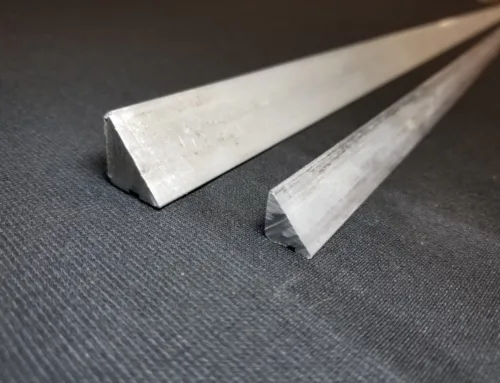
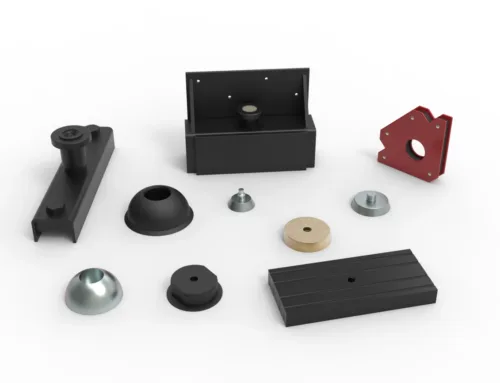
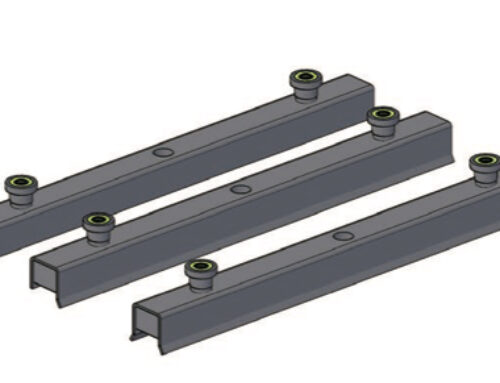
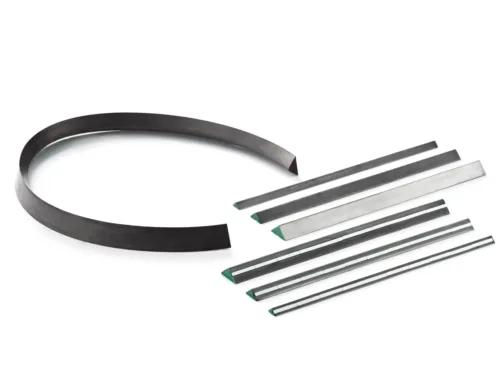
Leave A Comment